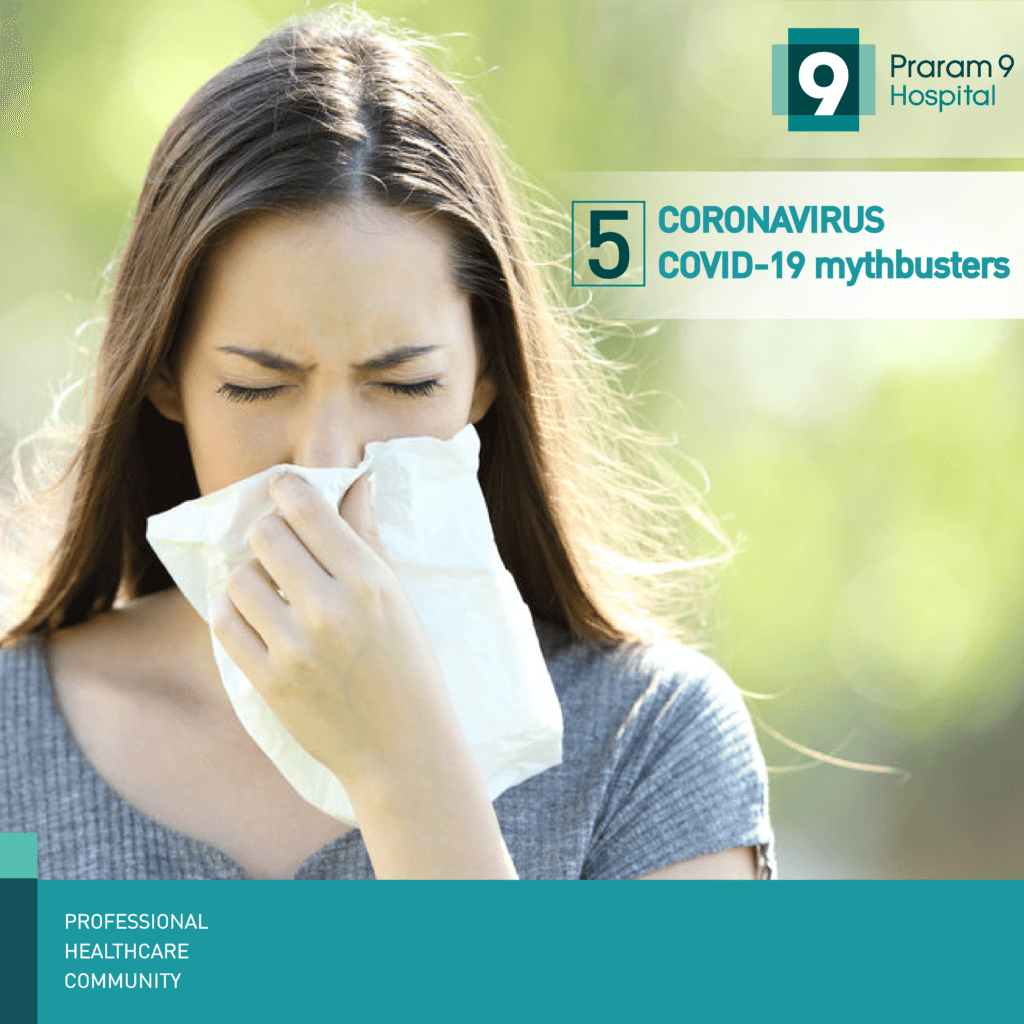Health Articles
Knowledge
5 coronavirus disease COVID 19 mythbusters

5 Coronavirus COVID-19 mythbusters
1. COVID-19 virus can be transmitted in areas with hot and humind climates
From the evidence so far, the COVID-19 virus can be transmitted in all area regardless of climate. Adopt protective measures if you live in, or travel to an area reporting COVID-19 such as frequently washing your hands and sneezing and coughing into your elbows so as to reduce viruses that may be on your hands as well as avoid touching tou eyes, mouth and nose.
2. Cold weather and snow cannot kill COVID-19
There is no evident to sgguest that cold weather can kill the new coronavirus or other disease. The normal human body temperature stays around 36.5 – 37 degree Celsius, regardless of the external temperature or weather.
3. Mosquito bites cannot transmit Coronavirus disease COVID-19
As of right now, there are no know information nor evidence to suggest that the new coronavirus could be transmitted by mosquitoes. The primarily method of spread for COVID-19 is through droplets generated when an infected person coughs or sneezes, or through droplets of saliva or discharge from the nose. Clean your hands frequently with an alcohol-based hand rub or wash them with soap and water as well as avoid close contact with anyone who is coughing and sneezing to protect yourselves against the new coronavirus
4. Are hand dryers effective in killing the new coronavirus?
Hand dryers are not effective in killing the COVID-19. You should wash your hands with soap and water or alcohol-based hand rub instead. Once your hands are cleaned, you can dry them using paper towels or a warm air dryer afterwards.
5. Can an ultraviolet disinfection lamp kill COVID-19?
UV lamps should not be used to sterilize hands or other areas of skins as UV radiation can cause skin irritation.














